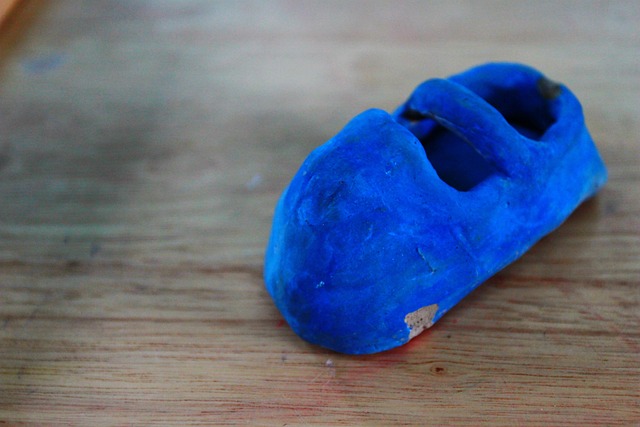After a water leak in Boerne, act swiftly to prevent mold growth. Fix leaks immediately, dry areas within 24-48 hours, and inspect regularly for moisture. Sealing entry points and improving ventilation mitigates risks. Regular cleaning prevents mold buildup, saving costs and health hazards from mold issues in Boerne homes.
In Boerne, water leaks can lead to insidious mold growth, posing health risks and structural damage. Understanding mold’s visual cues is crucial for prompt detection and mitigation. This article equips you with insights into recognizing mold after water leaks, exploring advanced visual detection techniques reserved for experts. We also delve into preventative measures to safeguard your Boerne home from this pervasive issue. Learn how to prevent mold after a water leak in Boerne using these vital strategies.
- Understanding Mold Growth After Water Leaks
- Visual Detection Techniques for Experts
- Preventative Measures: Safeguarding Your Boerne Home
Understanding Mold Growth After Water Leaks

After a water leak, understanding mold growth is crucial for anyone in Boerne looking to prevent further damage and ensure a healthy living environment. Mold thrives in damp conditions, so addressing leaks promptly is essential. Once water infiltrates into walls, ceilings, or floors, it creates an ideal breeding ground for fungi if left unrepaired.
To prevent mold after a water leak, Boerne residents should act quickly by drying out affected areas thoroughly and considering professional remediation if the damage is extensive. Regular inspections can also help identify potential problem areas before mold has a chance to establish itself. By understanding how mold grows and taking proactive steps, homeowners can protect their properties from this costly and health-hazardous issue.
Visual Detection Techniques for Experts

In the realm of mold inspection, visual detection techniques are a crucial tool for experts assessing properties affected by water leaks in Boerne or any location. Mold often appears as discolored patches on walls, ceilings, and other surfaces. Experts use specialized training to identify these subtle signs, especially after a water leak, which can quickly lead to mold growth if left untreated. They employ tools like magnifying glasses and high-resolution cameras with UV lights to uncover hidden mold that may not be visible to the naked eye.
By combining visual detection with knowledge of mold behavior and growth patterns, experts can effectively pinpoint areas affected by water damage and subsequent mold colonization. Understanding how to prevent mold after a water leak is paramount. This includes swift action to dry out affected areas, proper remediation techniques, and regular monitoring to ensure no hidden mold remains behind walls or in other hard-to-reach places.
Preventative Measures: Safeguarding Your Boerne Home

After experiencing a water leak in your Boerne home, it’s crucial to act swiftly to address any potential mold growth. Preventative measures are key to safeguarding your property and family’s health. The first step is to locate and fix the source of the leak as quickly as possible. Once that’s done, ensure thorough drying of all affected areas within 24-48 hours to inhibit mold development. Consider using fans or dehumidifiers to expedite the drying process.
Regular inspections are also essential. Check for signs of water intrusion or moisture in hidden spaces like basements, attics, and behind walls. Address any issues promptly by sealing entry points and improving ventilation. Regular cleaning with mild detergent and water can help prevent mold buildup. Remember, prompt action is critical; addressing leaks and potential mold growth early on can save you from costly repairs and health risks down the line.
In light of the above discussions, it’s clear that prompt action is crucial in how to prevent mold after a water leak in Boerne. Understanding mold growth, mastering visual detection techniques, and implementing preventative measures can safeguard your home from this insidious issue. Remember that early detection and professional expertise are key to mitigating damage and ensuring a healthy living environment.
